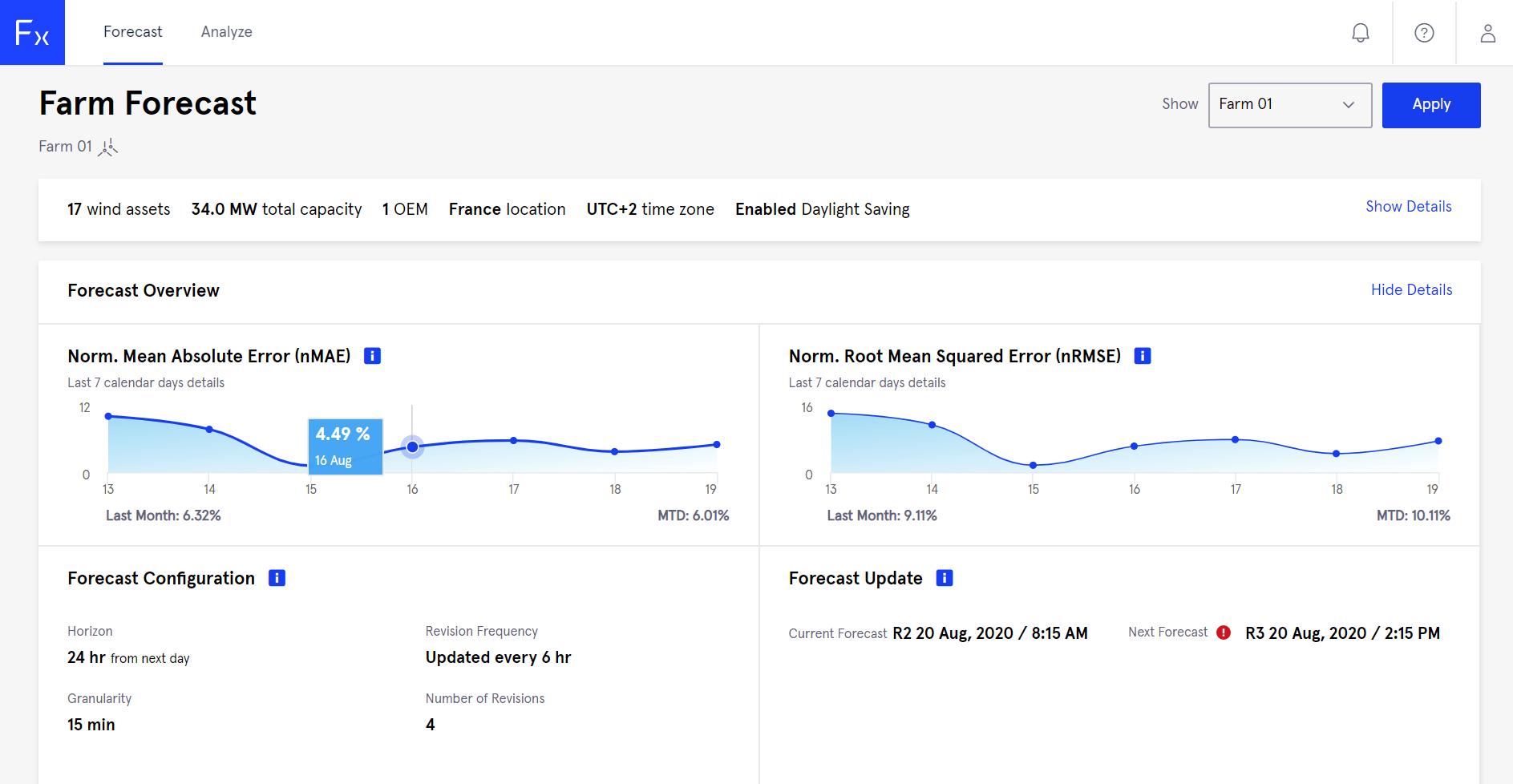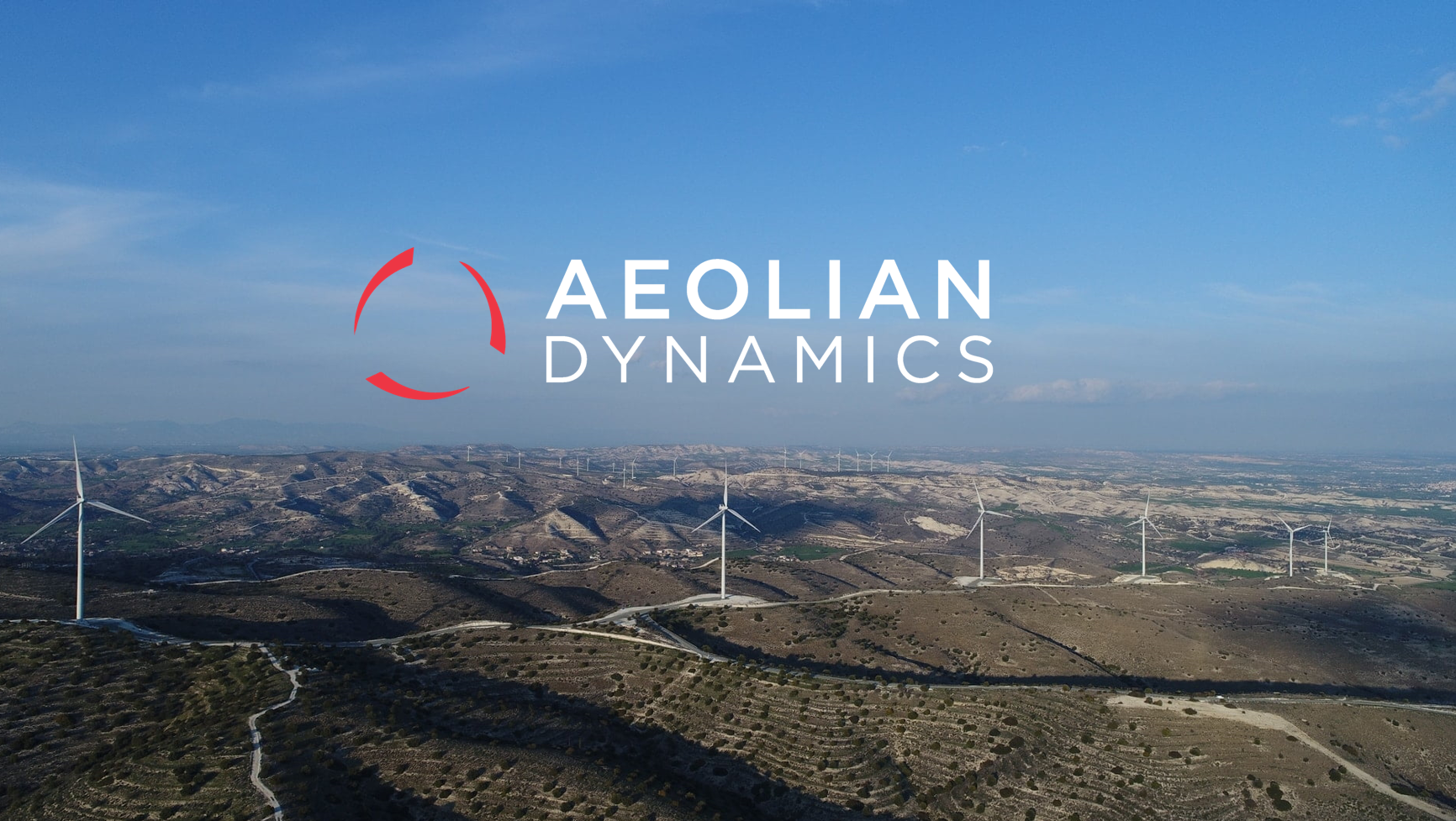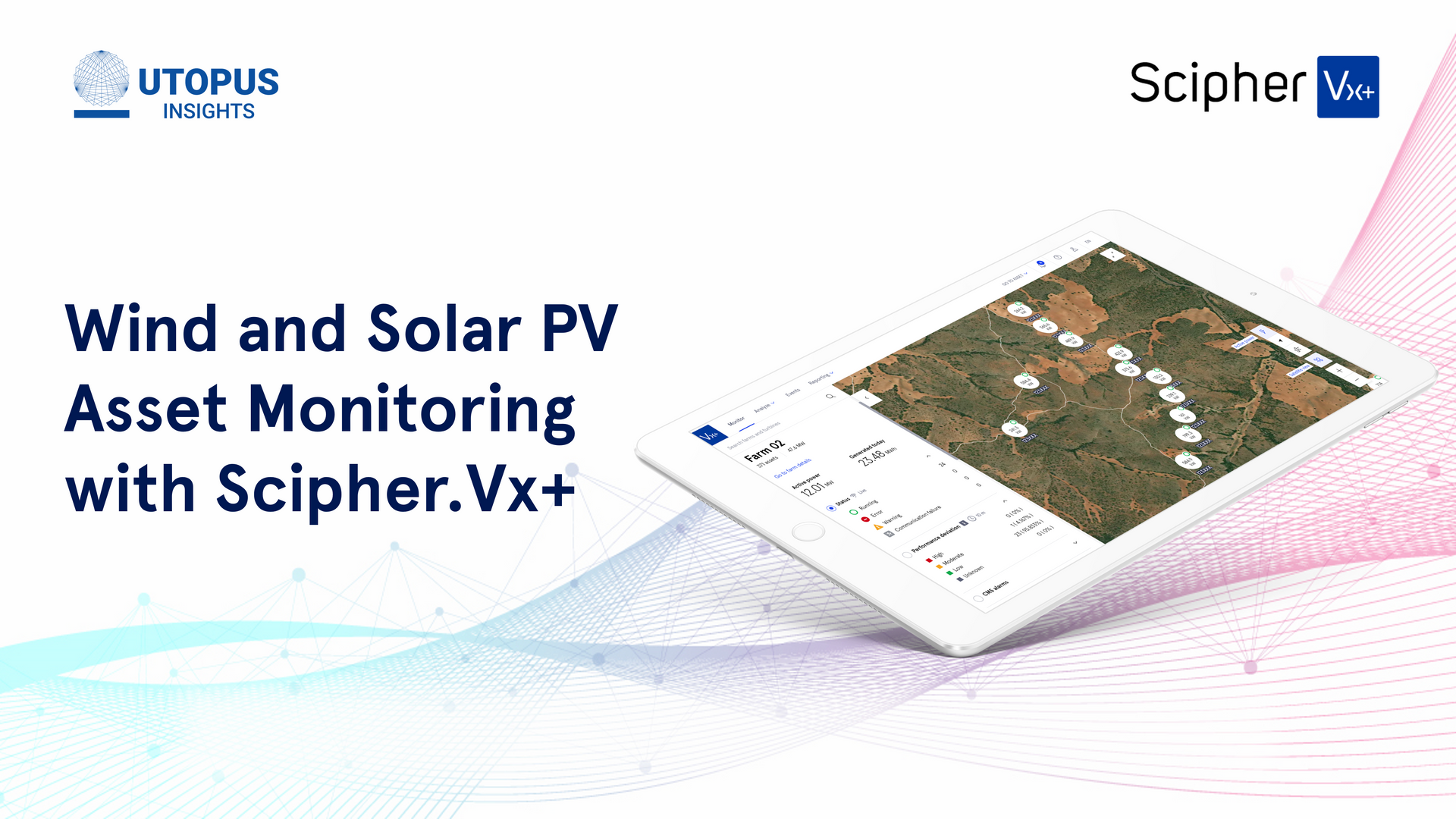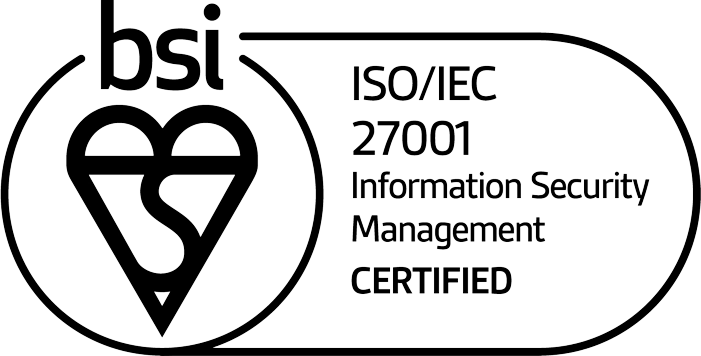Three Digital Asset Management Takeaways From WindEurope
Renewable energy asset owners and operators commonly use digital tools to manage daily operations, from centralized monitoring to ERP systems for inventory management. As renewables become mainstream in the global energy supply, many renewable asset owners and operators are now more familiar and interested in using a centralized asset management platform for their ever-growing portfolio.
Going by the numerous customer and stakeholder interactions at WindEurope this year in Copenhagen, I have shortlisted the following operational challenges that drive their decision to search for a more comprehensive digital offering that will serve their current and future needs:

Feng Zhang, Product Director, presenting a poster presentation at WindEurope Annual Event 2023
1. Improve reporting efficiency: Many customers spend several weeks each month to prepare operational reports for different needs, including internal operational, and financial reports for investors and for compliance reasons, for instance. Preparing operational reports is time consuming without a centralized asset management system because:
- Data from multiple sources (various SCADA systems, CMMS systems etc) requires normalization before they can be used for reporting purposes.
- Data validation is a complicated business process involving different internal and external stakeholders, that can take coordination. For example, downtime reallocation.
Reports are often prepared by a group of people with specific review and approval processes. Typically, there is a lack of a central tool to promote efficient information sharing and collaboration.
2. Guided actions to maximize production-based availability: There are many competing priorities within operation teams, across different sites, different assets, production budgets, O&M budget and availability targets. There is a vast amount of information required from different IT systems to make informed and optimized decisions. For example, turbine down (SCADAs), parts availability (ERP), production impact assessment (PowerBI, Excel), technician availability (workflow management tools), and weather conditions (forecasting services). Getting all the information needed ready for daily site activity management is time consuming and hard to stay on top of, resulting in unoptimized decisions that can leave a few availability percent on the table.
3. Customization for business process integration: Although there are IEC standards, most customers have existing ways to calculate operational KPIs. For example, Loss Production Factor (LPF), Production-based Availability (PBA), and Time-based Availability (TBA). To make things more complicated, the calculation formula could also be different for different assets. There are also existing business processes to handle operational issues in different organizations. Instead, having a digital solution be flexible enough to customize to its existing business process is the key to driving change, and a willing culture of digital adoption, which will lead to efficiency gains.
Renewable asset management software companies have listened to our customers and significantly improved offerings since the nascent days of SaaS for renewable assets. Currently, there are many off-the-shelf SaaS products that deliver scalability, are flexible for customization, have comprehensive functionalities and the ability to integrate into existing customer solutions.
The more we in the industry collaborate and listen, take the feedback and mature the software, the more the chances of true adoption to take advantage of the full value of our offerings, which in turn will drive even greater trust and reliance on the power of digital technology in the industry.
Click here to schedule a 1:1 demo of Utopus Insights Scipher.Vx+ asset management software.
News and Events










